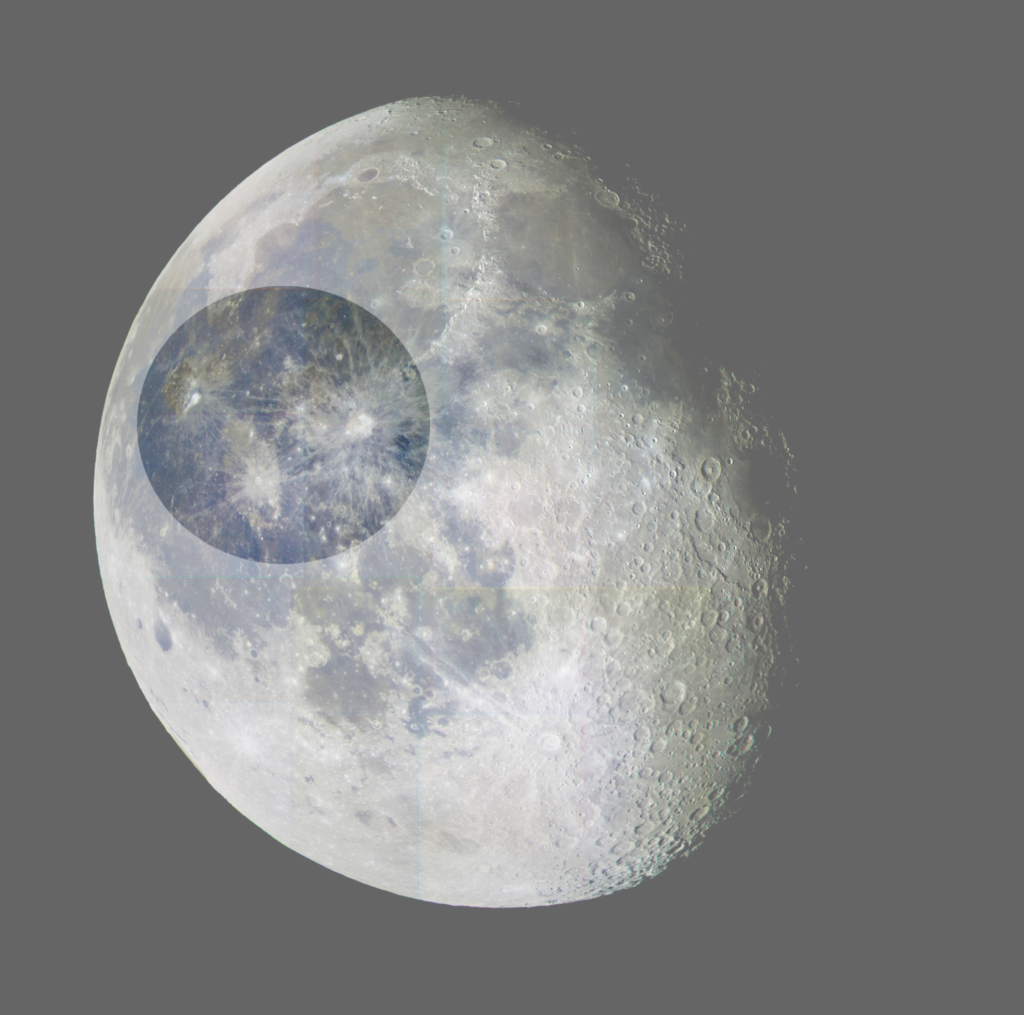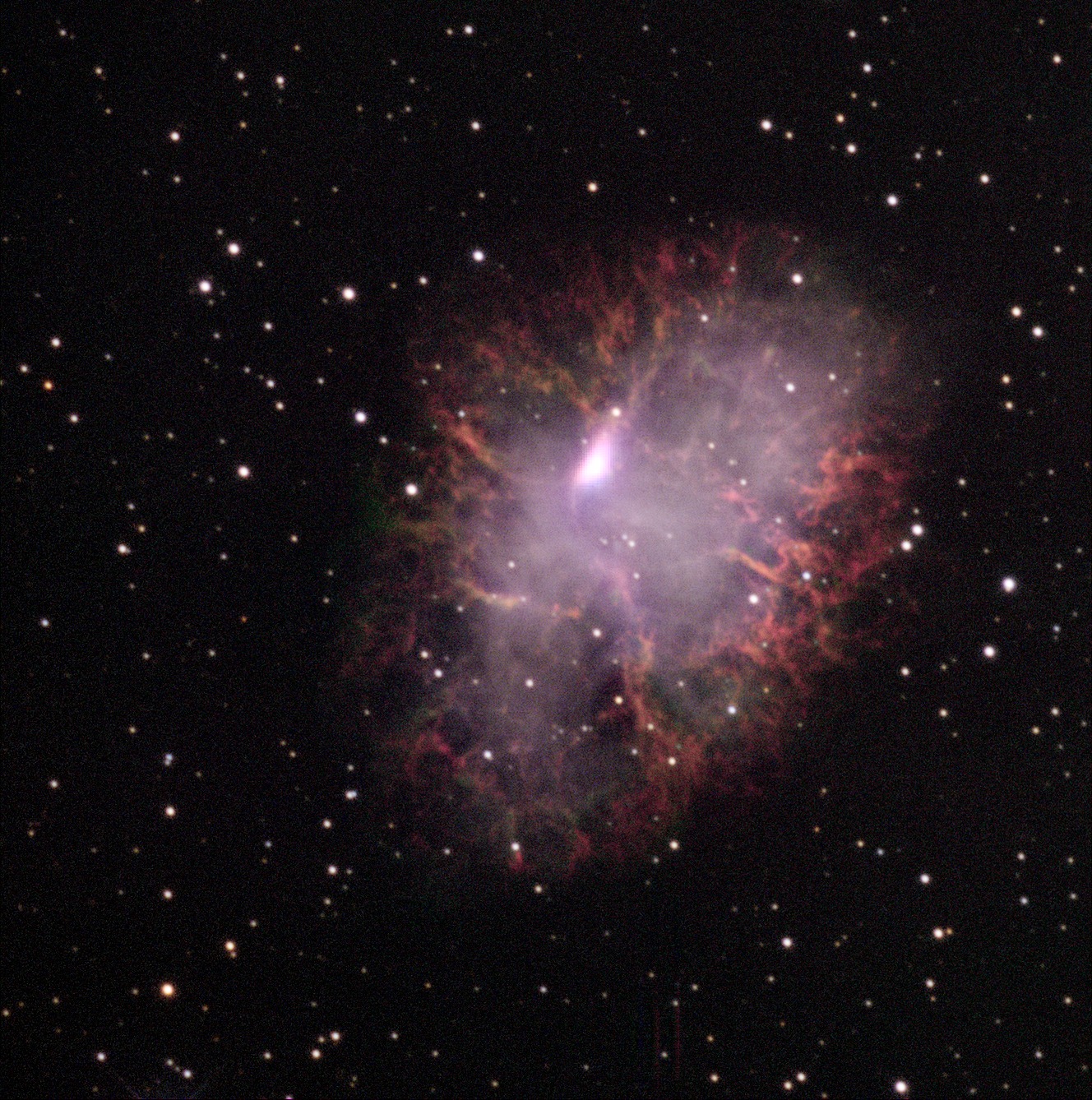By Nat Heddaeus, James Thompson, and Rujula Yete Observations For our star death region, we chose to observe the Crab Nebula. Located in the constellation Taurus, the Crab Nebula is a supernova remnant about 6,500 light years away from Earth. Since this nebula was only visible from the Northern Hemisphere, we could only use the… Continue reading Star Death
Pulsars
Written by Nat Heddaeus, James Thompson, and Rujula Yete Observations In this project, we used radio astronomy to observe pulsars. These are neutron stars that emit radiation pulses with each rotation. We specifically analyzed the PSR 0329+54 pulsar, located about 3,460 lightyears away in the Camelopardalis constellation. We used the telescope at the Green Bank… Continue reading Pulsars
Stellar Evolution
Nat Heddaeus, James Thompson, and Rujula Yete To explore the process of stellar evolution, our group observed three star clusters of different ages. NGC 3293 (observation credit to Nat Heddaeus) was classified as a young cluster. NGC 5316 (observation credit to Rujula Yete) was classified as an intermediate aged, or open cluster. NGC 4833 (observation… Continue reading Stellar Evolution
A Look at the Solar System
These images of Mars, Jupiter, Uranus, and Neptune were taken using the PROMPT-5 remote telescope at Cerro-Tololo Inter-American Observatory (CITO), Chile. Observation credits to Todd Austell for Mars, Rujula Yete for Jupiter, myself for Uranus, and Dr. Daniel Reichart for Neptune. This image of Mars was taken using H𝛼, OIII, and U filters (red, green,… Continue reading A Look at the Solar System
The Moon in the Radio
These photos of the moon were taken in the radio, using the 20m diameter telescope at Green Bank Observatory (GBO) in West Virginia. The images on the left used Virgo A (VirA) as its source, and the images on the left used the moon as its source (moon source observation credits to Rujula Yete!). The… Continue reading The Moon in the Radio
Moon (1/11/23)

Photo-Taking/Making Process This photo of the moon as seen from the Northern Hemisphere (but taken in the Southern Hemisphere!) was observed on January 11, 2023 using the PROMPT-6. The remote telescope took 27 images, 9 for each filter, with a 3×3 tiling pattern. Each image taken by the PROMPT-6 had a 0.2 second exposure time.… Continue reading Moon (1/11/23)
